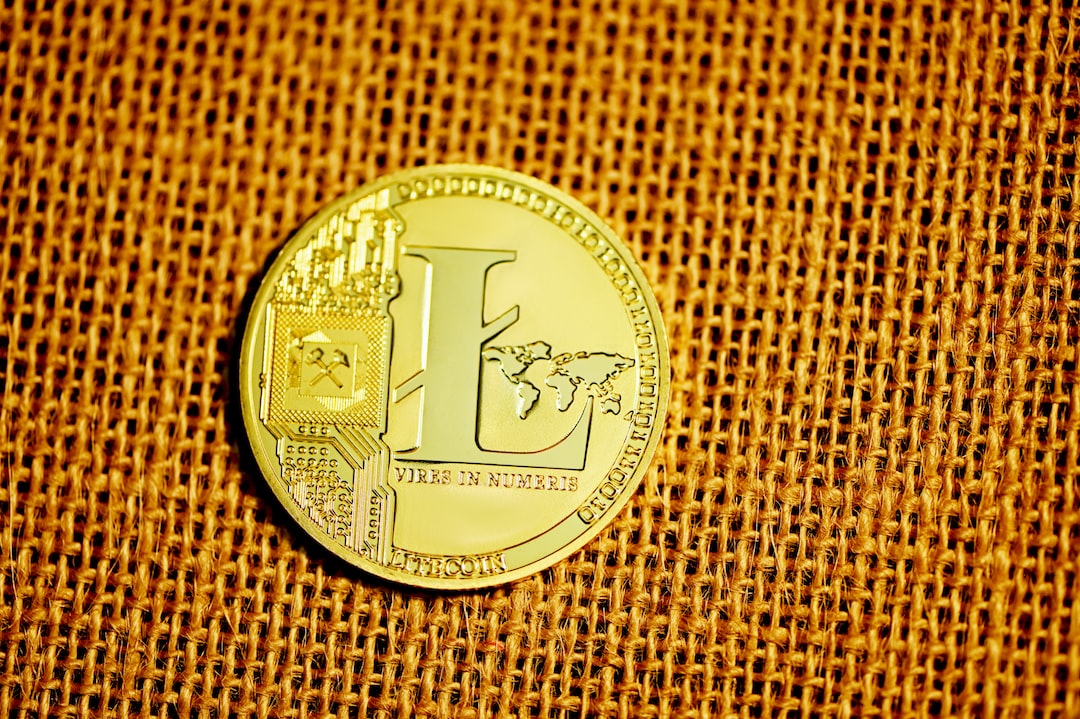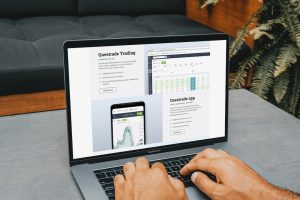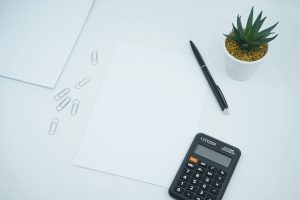The foreign exchange market, commonly referred to as forex, is the largest financial market in the world. It involves the buying and selling of currencies, with the aim of making a profit from the fluctuations in exchange rates. The forex market operates 24 hours a day, five days a week, and is accessible to traders from all over the world.
One of the key factors in forex trading is understanding how profits are calculated. Profit is the difference between the price at which a trader buys a currency and the price at which they sell it. In order to calculate profit, traders must consider several factors, including the currency pair, the size of the trade, and the exchange rate.
The first step in calculating profit is to determine the currency pair being traded. Forex trading involves the buying and selling of one currency for another, so every trade involves two currencies. For example, if a trader buys the EUR/USD currency pair, they are buying euros and selling US dollars. The currency pair being traded determines the exchange rate, which is the price at which one currency can be exchanged for another.
The next factor to consider is the size of the trade. Forex trading allows traders to buy and sell currencies in different sizes, known as lots. A standard lot is 100,000 units of the base currency, while a mini lot is 10,000 units and a micro lot is 1,000 units. The size of the trade determines the amount of profit or loss that can be made, as well as the amount of money that is required to open the trade.
Once the currency pair and trade size have been determined, the next step is to consider the exchange rate. The exchange rate is the price at which one currency can be exchanged for another, and it is constantly fluctuating based on a variety of economic and political factors. Traders must monitor the exchange rate closely in order to determine the best time to enter and exit a trade.
When a trader buys a currency pair, they do so at the ask price, which is the price at which the market is willing to sell the currency. When they sell the currency pair, they do so at the bid price, which is the price at which the market is willing to buy the currency. The difference between the ask price and the bid price is known as the spread, and it represents the profit that the broker makes on the trade.
When calculating profit, traders must take into account the spread, as well as any other fees or commissions charged by the broker. For example, if a trader buys the EUR/USD currency pair at an ask price of 1.2000 and sells it at a bid price of 1.2050, the profit would be 50 pips (the difference between the two prices). However, if the broker charges a spread of 3 pips, the actual profit would be 47 pips.
In addition to monitoring the exchange rate and calculating profit, traders must also manage their risk. Forex trading involves a high level of risk, as the market can be volatile and unpredictable. Traders must use risk management tools such as stop-loss orders to limit their losses in case the market moves against them.
In conclusion, calculating profit in forex involves several factors, including the currency pair, trade size, exchange rate, and spread. Traders must carefully monitor the market and use risk management tools to ensure that they can make a profit while minimizing their losses. With the right strategies and tools, forex trading can be a lucrative and rewarding activity for investors of all levels of experience.





